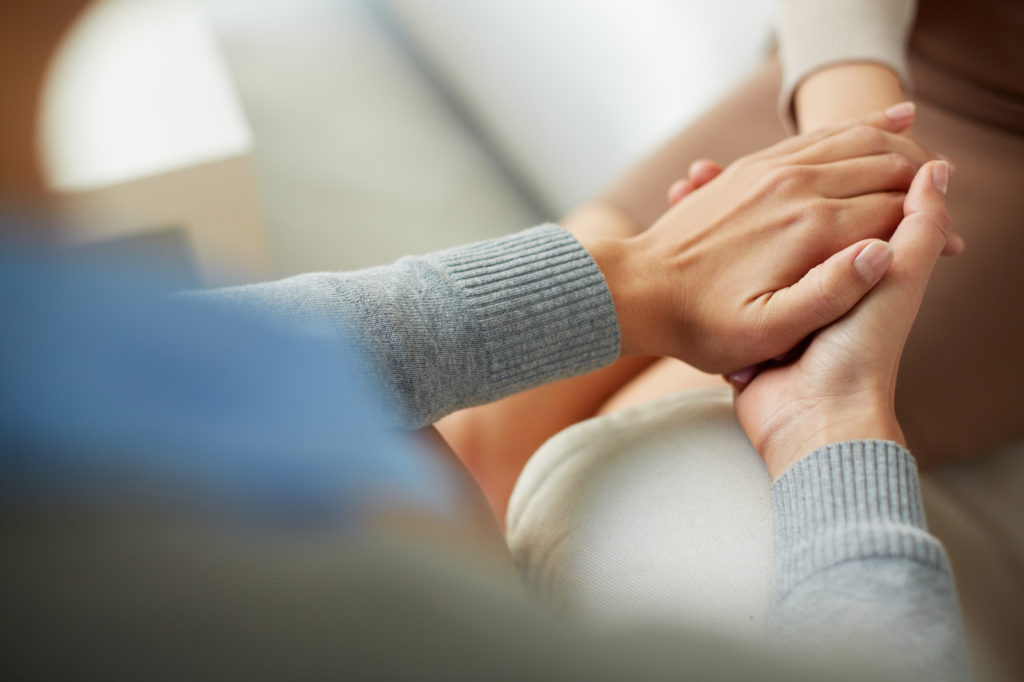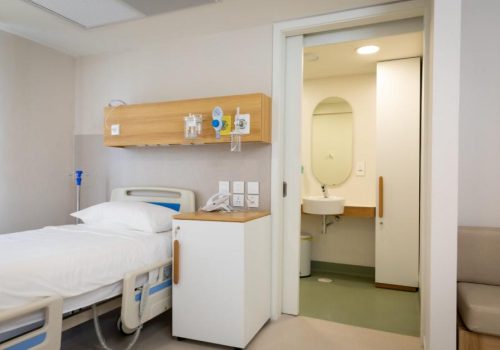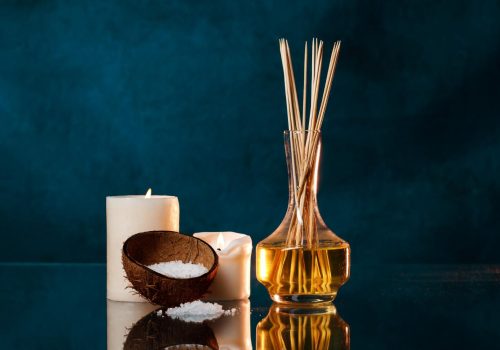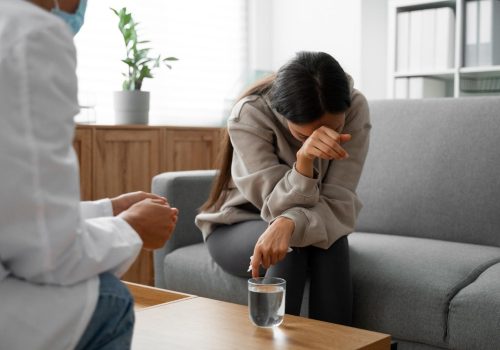Should I Consider the Manual Therapy for Shoulders
Looking for manual therapy the shoulder is frequently referred to be a “soft-tissue joint,” implying that the tendons, muscles, and ligaments play an essential role in the joint’s function. Treatment and rehabilitation of the shoulder is a key manual therapy skill.
Manual Therapy:
The glenohumeral joint is made up of the humeral ball and the glenoid surface, which is the socket of the shoulder blade. The humeral head, located at the top of the arm bone, is massive and houses many of the tendon insertions necessary for shoulder stability and mobility.
The glenoid, or socket, is a small and shallow socket for the huge ball, but it is slightly deepened by the glenoid labrum, a fibrocartilage rim. The acromioclavicular joint is a stabilizing strut for arm movement that connects the outer end of the collar bone to a portion of the shoulder blade. You can consider the manual physio services for it.

Manual Therapy Services for Shoulders
Large, strong prime mover muscles, as well as lesser stabilizer muscles, act on the glenohumeral and scapulothoracic joints of the upper limb. The thoracic stabilizers maintain the scapula stable so that the rotator cuff may function on a stable humeral head, while the primary back and hip muscles keep the shoulder stable to allow forceful movements.
The deltoid may then perform shoulder movements on a firm basis, allowing for accurate placement and control of the arm for optimal hand function. It can be done through manual therapy.
Around the shoulder, all of the muscles condense into flat, fibrous tendons, some of which are thicker and stronger than others. All of these tendons connect to the humeral head, allowing their muscles to move the shoulder. The subscapularis, supraspinatus, infraspinatus, and teres minor are all tiny shoulder muscles that make up the rotator cuff. The tendons cover the ball in a large sheet, allowing muscle forces to operate on it.
The rotator cuff’s tendinous structures degenerate as a person ages, generating small tears in the tendons that might expand until there is no continuity between the muscles and their attachments. This results in a lack of normal shoulder movement and can be extremely painful, though this is not always the case, and “grey hair equals cuff tear” is a popular adage. The manual physio works on rotator cuff strengthening, while the primary shoulder muscles can be gradually developed to enhance function in major tears.
Massive, moderate, and tiny rotator cuff injuries can all be treated surgically, and manual therapy services oversee the recovery process. For more information visit our Website.





